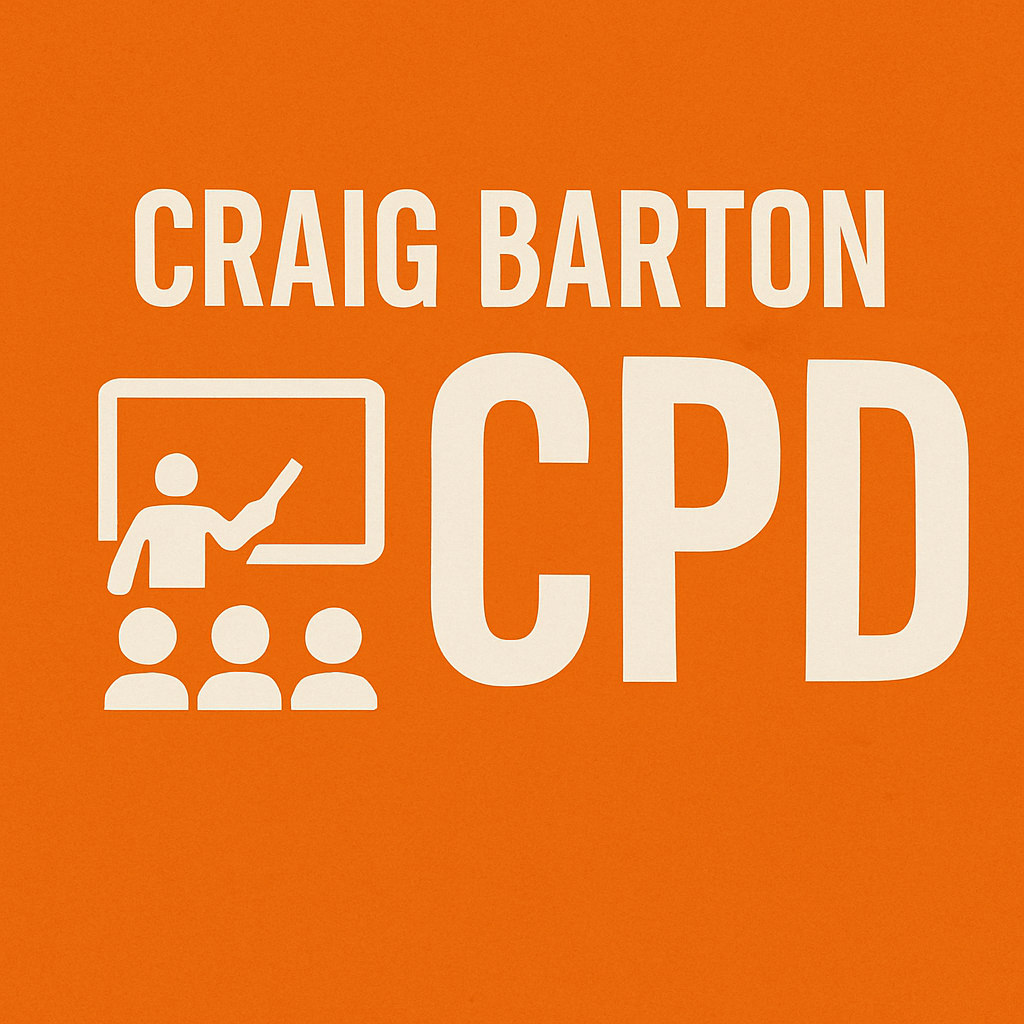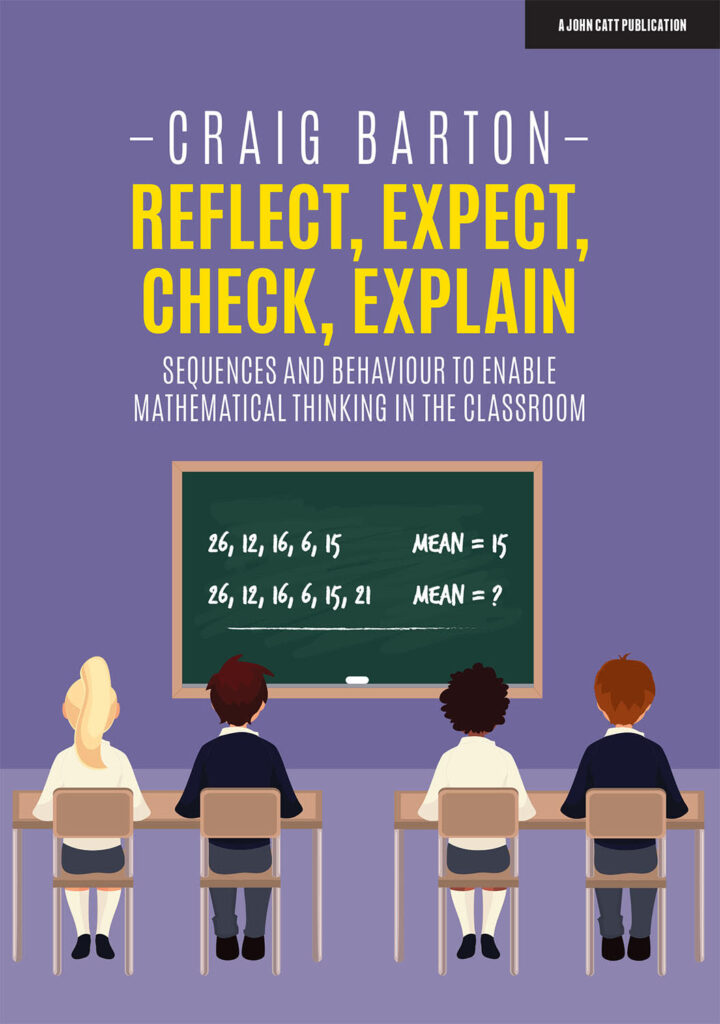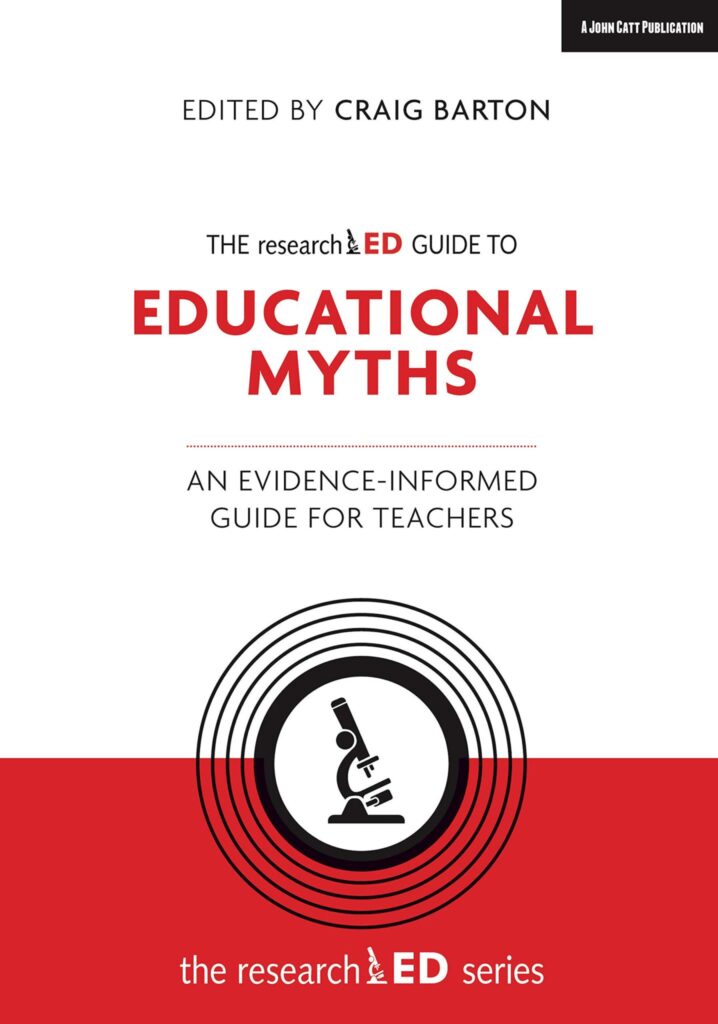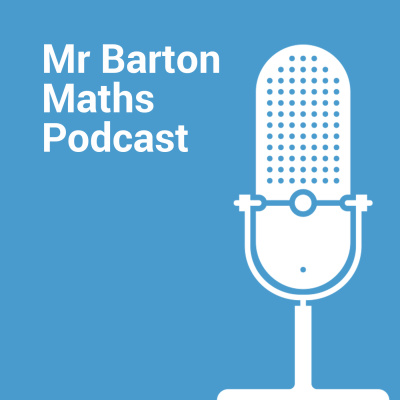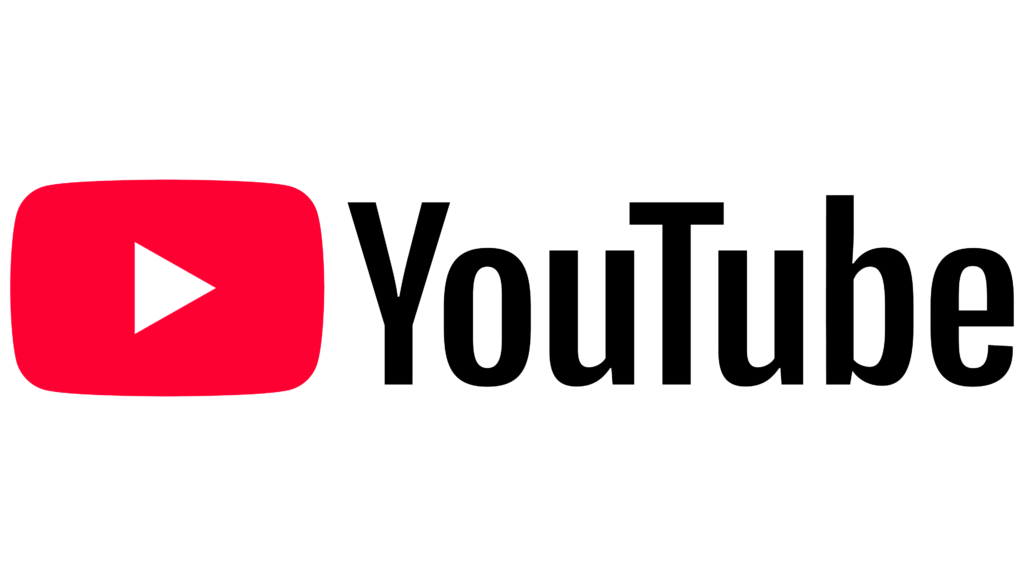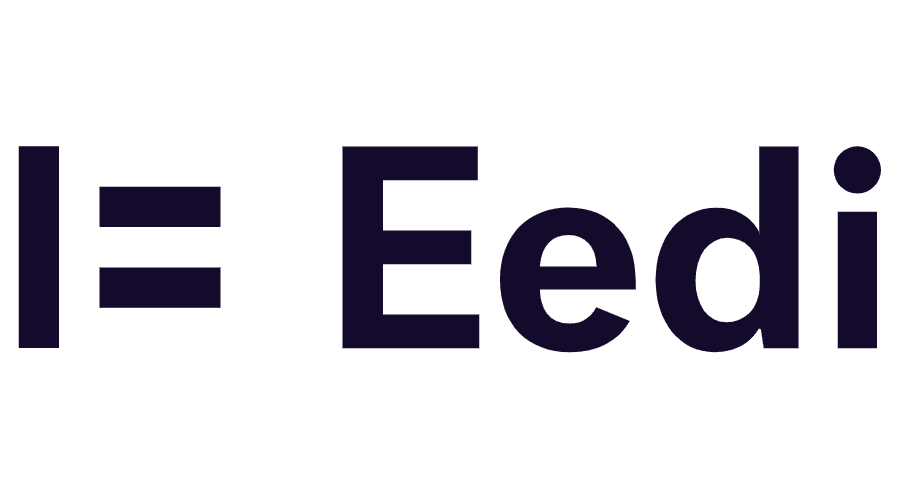
- Title: The effect of clarity on learning: impacting motivation through cognitive load
- Authors: Serki and Bolkan
- Access the original paper here
- Listen to a deep-dive podcast:
Paper summary
This research study investigates the impact of clear instruction on student learning. The researchers hypothesize that clarity indirectly improves learning by reducing cognitive load and subsequently boosting student motivation. Their experiment, using structured and unstructured lessons on social cognitive theory, supports this hypothesis. Results show that clear instruction leads to higher test scores through decreased cognitive load and increased self-efficacy and intrinsic motivation. The study also reveals that unclear instruction negatively affects motivation by increasing perceived learning costs.
What are the key implications for teachers in the classroom?
Based on the sources, here are some key implications for teachers in the classroom:
- Clarity in teaching is crucial for student learning. Clear teaching is considered a strong predictor of recall-level cognitive learning.
- Clear instruction reduces students’ cognitive load, which allows them to focus on learning.
- When instruction is unclear, students may shift their cognitive resources away from deep processing of course material.
- Instructors should aim to reduce extraneous cognitive load by presenting well-organized and structured material.
- Clarity enhances student motivation to learn.
- Reduced cognitive load may increase motivation.
- Clear instruction can increase students’ self-efficacy or expectations for success.
- Clear teaching can increase the intrinsic value students find in learning.
- Unclear teaching can increase the perceived costs associated with learning, thus decreasing motivation.
- Instructors should aim to increase student motivation by increasing their expectations for success, their perceived task value, and by reducing the perceived costs associated with learning.
- Instructors can use specific strategies to maximize clarity in the classroom:
- Avoid disfluency by explaining concepts simply and providing concrete examples.
- Be aware of students’ working memory thresholds.
- Facilitate interaction to assess student comprehension.
- Enhance coherence by removing unnecessary information.
- Ensure lectures are well structured.
- Providing structured material is an important aspect of clarity.
- Structured materials place a lower demand on students’ cognitive capacities.
- Instructors can provide structure through previews, reviews, advanced organizers, transitions, and signposts.
- Instructors can use signaling, such as outlines, headings, and numbering, to focus students on specific aspects of a lesson.
- Structured learning material helps students construct complete, precise, and organized representations of their learning material.
- Instructors should consider that clarity affects both students’ ability and willingness to learn. Unclear instruction makes the material harder to learn and reduces students’ motivation to learn.
- Instructors should be aware that their choices in how they communicate information significantly impact students’ cognitive load and ability to learn.
- Clarity interventions may have a greater impact with more extreme differences in clarity, and cumulatively over the course of a semester.
- Instructors should seek to understand how different clarity interventions, like coherence, disfluency, interaction, and working memory overload, affect learning.
In sum, the sources suggest that instructors should prioritize clear teaching practices to reduce cognitive load and enhance student motivation. By focusing on structure, organization, and clear communication, teachers can improve both students’ ability and willingness to engage with course material.
Quote
Instead of acting on students’ ability and motivation to learn separately, this study presents evidence to suggest that students’ experiences of cognitive load are at the heart of several problems associated with unclear teaching
